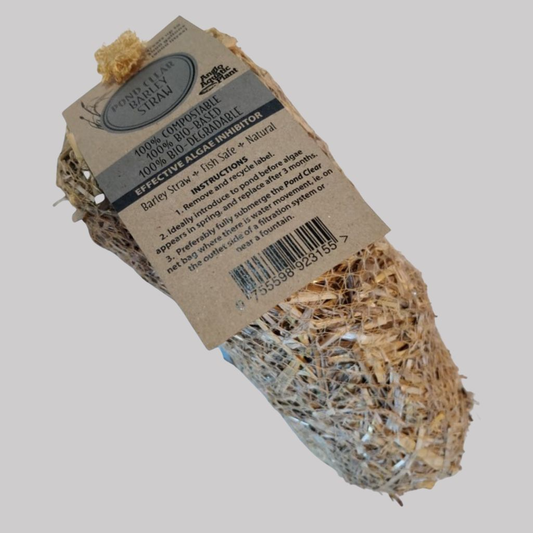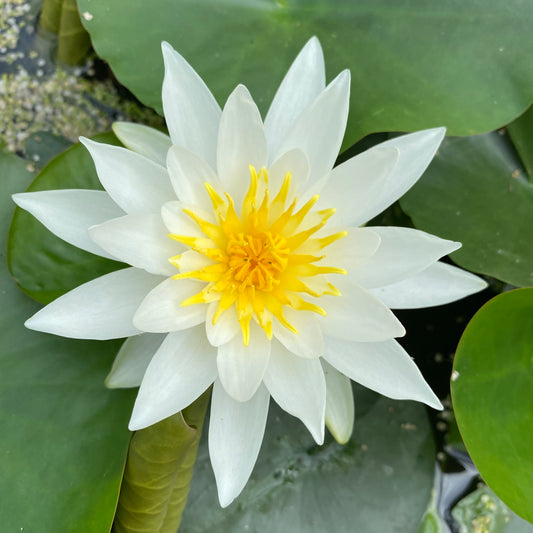
How Your Pond Helps Sustain Wildlife in Autumn and Winter
As the warmth of summer fades and autumn begins to take hold, many of your garden’s creatures start preparing for the challenges of the colder months ahead.
Your pond plays a vital role in this seasonal transition, offering a safe haven for amphibians, birds, hedgehogs, insects, and even microscopic pond life. As wildlife readies for winter, ensuring your pond and its surroundings are well-maintained can make all the difference in providing them with the shelter and resources they need.
Amphibians Preparing for Winter
Frogs, newts, and toads all rely on your garden pond as a key habitat, but as winter approaches, most amphibians will leave the water. They’ll seek out terrestrial hideaways—such as leaf piles, loose soil, or log stacks—where they can hibernate. Creating these undisturbed spaces in your garden is one of the best ways to support amphibians over the colder months.
However, some species, like male common frogs, may stay in the pond, burying themselves in the mud at the bottom. This provides some insulation from the freezing temperatures above, but it can be a risky strategy for amphibians if oxygen levels drop or the pond freezes completely.
When a pond freezes over, it creates a barrier that can trap gases underneath, preventing oxygen from entering the water and harmful gases like carbon dioxide from escaping. To maintain a healthy environment for hibernating creatures, it's essential to ensure the flow of gases is not blocked.
One of the best ways to do this is by creating air holes in the ice if the pond freezes over. You can do this by gently placing a floating ball or using a pond de-icer to prevent the water's surface from freezing completely.
Avoid breaking the ice with force, as the shockwaves can harm both amphibians and fish below.
Additionally, having good plant life in your pond, especially oxygenating plants, can help maintain oxygen levels throughout the winter, keeping conditions stable for hibernating amphibians and other pond life.
Other Pond Wildlife: Birds, Hedgehogs, and Insects
Your pond also becomes a crucial source of water for birds and small mammals like hedgehogs during autumn and winter. Birds need the water for drinking and bathing, while hedgehogs rely on it as a source of hydration. By keeping part of your pond ice-free—using a pond heater or floating ball—you can ensure these creatures have a reliable water source throughout winter.
As for insects, species like dragonflies and damselflies spend much of their life cycle as larvae (nymphs) in the water. These nymphs remain underwater through winter, slowing their metabolism but continuing to feed on smaller pond organisms. By ensuring your pond is well-maintained, you’re supporting these insects as they prepare to emerge as adults in the spring.
Even the smallest pond fleas (Daphnia) and microscopic pond life, such as bacteria and protozoa, continue their role in breaking down organic matter during winter. Though their activity slows down, they remain essential to keeping the pond ecosystem balanced.
Maintaining a healthy pond in autumn and winter is crucial for supporting both large and small creatures, ensuring they have access to food, water, and shelter when it’s needed most.











